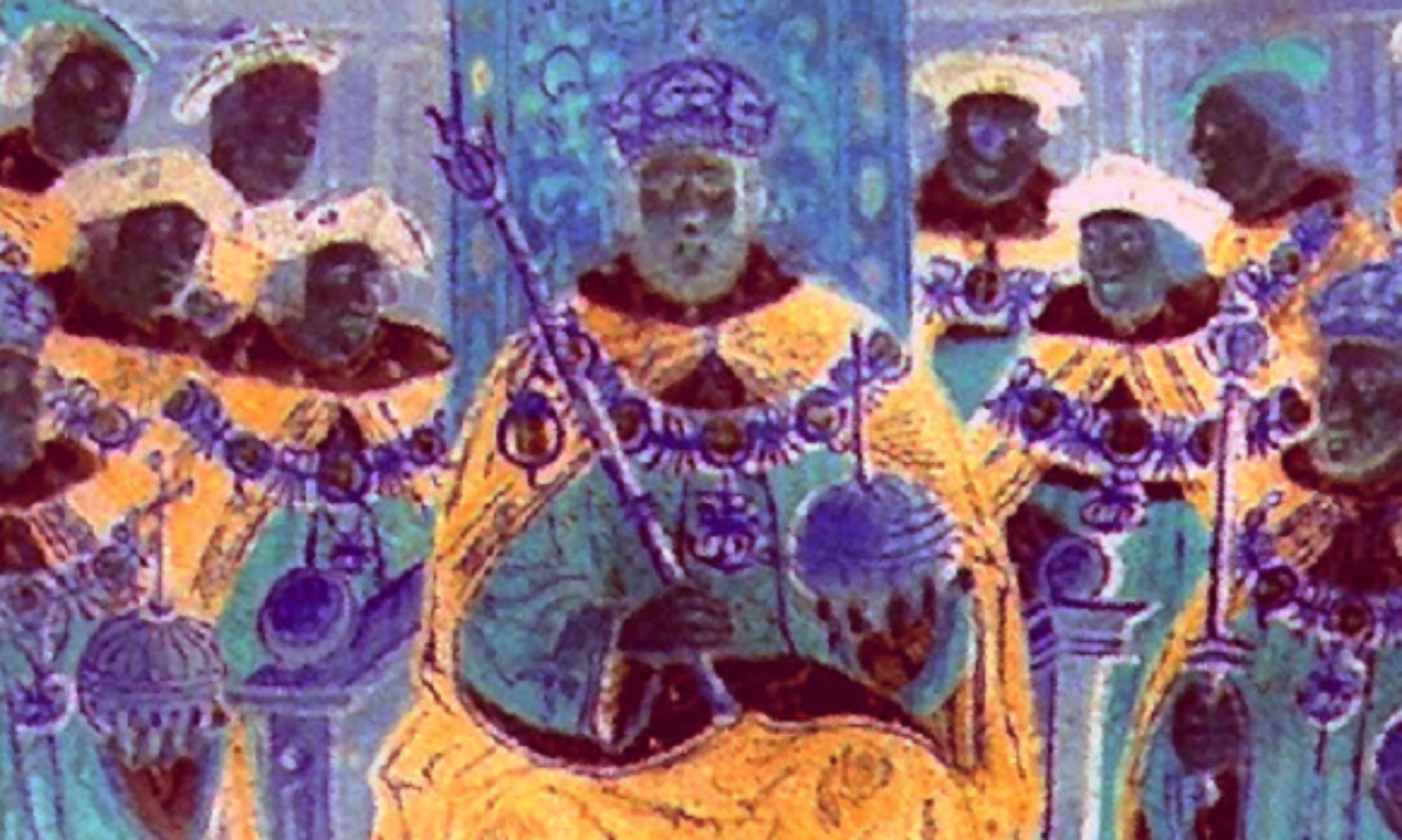William II
The coronation of William II, also known as William Rufus, took place on September 26, 1087, at Westminster Abbey. As the third son of William the Conqueror, he was crowned King of England following his father’s death. The ceremony was conducted by Archbishop Lanfranc, a close ally of his father, and followed the traditional Anglo-Saxon liturgy. There are no detailed surviving accounts of attendees or specific events, but the coronation solidified William II’s claim to the throne over his elder brother Robert, who inherited Normandy. The event marked the continuation of Norman rule in England, though William II’s reign was later marked by unpopularity and conflicts.

Henry I
Henry I, the youngest son of William the Conqueror, was crowned King of England on August 5, 1100, at Westminster Abbey, just three days after the death of his brother, William II. The swift coronation, conducted by Maurice, Bishop of London, was strategic to secure Henry’s claim over his elder brother Robert, Duke of Normandy. The ceremony followed traditional Anglo-Saxon rites, with limited detailed records of attendees or specifics. Henry issued a coronation charter promising good governance and addressing abuses from his brother’s reign, gaining support from the nobility. The event solidified Henry’s rule, marking the continuation of Norman dominance in England.
Stephen
Stephen of Blois was crowned King of England on December 22, 1135 (some sources suggest December 26), at Westminster Abbey by Archbishop William de Corbeil, following the death of his uncle, Henry I. Despite Henry’s daughter, Empress Matilda, being named heir, Stephen, a grandson of William the Conqueror, seized the throne with support from key nobles and the Church, capitalizing on resistance to a female ruler. His coronation, modeled on Henry I’s, aimed to project continuity, with promises to uphold church freedoms and grant liberties to barons. Stephen’s wife, Matilda of Boulogne, was crowned queen consort on March 22, 1136. The swift coronation sparked the Anarchy, a civil war with Matilda’s faction, as Stephen’s claim relied on contested oaths and a dubious claim that Henry changed his succession plan on his deathbed.

Henry II
Henry II was crowned King of England on December 19, 1154, at Westminster Abbey, with Archbishop Theobald of Canterbury officiating. Following the death of King Stephen and the civil war known as the Anarchy, Henry, as the son of Empress Matilda and Geoffrey of Anjou, secured the throne through the Treaty of Wallingford (1153), which named him Stephen’s successor. His coronation, attended by key nobles and clergy, marked the restoration of strong Angevin rule. Henry’s wife, Eleanor of Aquitaine, was crowned queen consort alongside him. The ceremony emphasized legitimacy and continuity, with Henry promising to uphold just laws and protect the Church, ending the turmoil of the previous reign.
